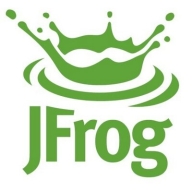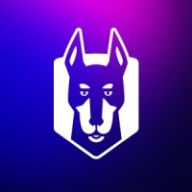

Snyk and JFrog DevOps Cloud Platform are competitors in the DevOps and security space. JFrog stands out for its extensive features, while Snyk is noted for better pricing.
Features: Snyk focuses on vulnerability management and offers granular control, integrating seamlessly with most development tools. JFrog provides robust repository management, continuous integration capabilities, and a comprehensive DevOps solution.
Ease of Deployment and Customer Service: Snyk emphasizes a straightforward deployment process and accessibility with efficient resource allocation. JFrog's model supports complex workflows, offering advanced scalability and comprehensive customer service.
Pricing and ROI: Snyk is known for lower setup costs, which can lead to strong ROI for security-driven projects. JFrog, while more expensive, might provide higher ROI for businesses needing a full-featured DevOps solution.
| Product | Market Share (%) |
|---|---|
| Snyk | 22.9% |
| JFrog DevOps Cloud Platform | 1.0% |
| Other | 76.1% |


| Company Size | Count |
|---|---|
| Small Business | 20 |
| Midsize Enterprise | 9 |
| Large Enterprise | 21 |
The JFrog DevOps Cloud Platform optimizes software development life cycles through robust artifact management, CI/CD automation, and strong version control. Notable for its security features, it supports seamless software version maintenance and vulnerability scanning. Praised for enhancing organizational efficiency, it ensures faster, secure deliveries, improving collaboration within teams.
Snyk's AI Trust Platform empowers developers to innovate securely in AI-driven environments, ensuring rapid and secure software development with enhanced policy governance.
Snyk’s platform integrates AI-ready engines across the software development lifecycle, offering broad coverage with high speed and accuracy essential for fast-paced coding environments. AI-driven features include visibility, prioritization, and tailored security policies that enable proactive threat prevention and quick remediation. By focusing on LLM engineering and AI code analysis, Snyk supports secure and productive development processes. The platform's partnerships, including GenAI code assistants, enhance AI application security by addressing new threats and code velocity challenges.
What are the key features of Snyk?Snyk is implemented across industries focusing on agile development and DevSecOps, enhancing software delivery speed and security. It is widely used for continuous monitoring and adherence to security and licensing standards, especially in environments relying on Docker image security and CI/CD pipeline integration.
We monitor all DevSecOps reviews to prevent fraudulent reviews and keep review quality high. We do not post reviews by company employees or direct competitors. We validate each review for authenticity via cross-reference with LinkedIn, and personal follow-up with the reviewer when necessary.